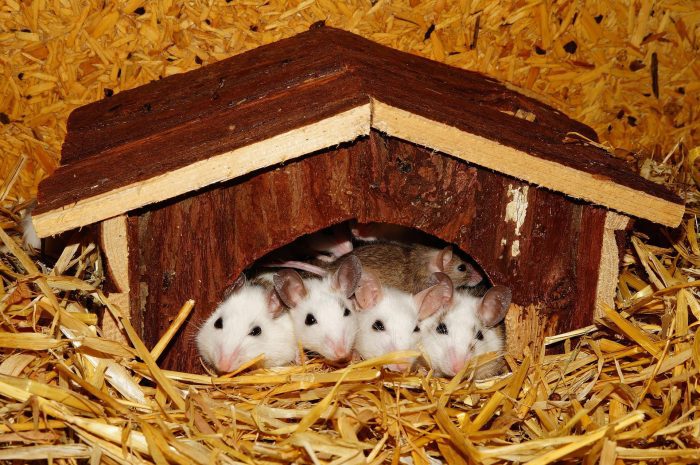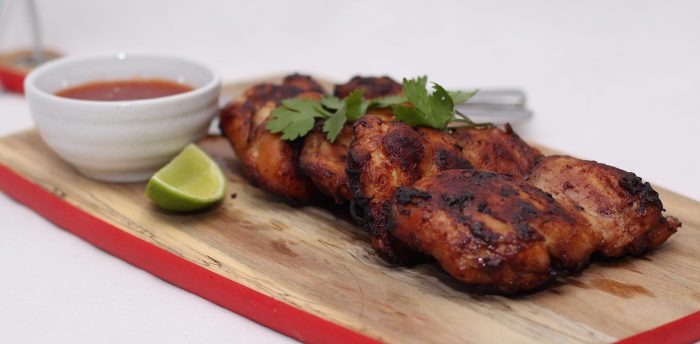By Michael E. Russell

My wife Barbara and I were lucky enough to spend the past week in Vermont. A respite like this gives one the chance to see what is occurring in the economy from a different perspective.
Sitting on the front porch in the morning I watched truckers hauling lumber and building supplies up and down the road. I decided to check out the nearby diner to hear what the local populace had to say. It sure sounded familiar: prices on the rise, shortage of employees and a real concern as to the direction the country was headed.
However, restaurants were full, many of whom were New Yorkers! Other tourists were taking in the beauty of southern Vermont. So where are we?
The Federal Reserve is expected to raise short-term interest rates by three quarters of a percentage point later this month. This will lift the benchmark rate to approximately 2.5%. The probability of another one percentage point rate by the year’s end will hopefully cool down inflation which is approaching 9%.
The market has looked favorably on the current moves by the Federal Reserve that were done over the past two weeks. In the short-term there have been some widespread commodity-price declines and other signs of inflation slowing.
The bond market has responded in a positive way. The yield on the ten-year treasury has decreased by one quarter of a percentage point. It currently is at 3.1%, down from 3.1 in early June. This includes a 2% increase in the past week alone!
The S&P is currently projecting earnings for 2023 at under 16x earnings. The 2022 earnings is close to the same number. What this says is that the current 2022 projection on the earnings yield which equates to profits divided by the current index level is close to 6%, twice the ten-year treasury yield!
Looking at other indices is showing that that there may be opportunities in area other than the S&P 500, which most investors follow.
The S&P small cap 600 is currently priced at less than 12x estimated 2022 operating earnings. This a number that hasn’t been seen in a long time. This index and corresponding exchange traded funds may provide for portfolio growth.
As I have mentioned in past articles, the money center banks have provided dividend yields ins excess of 3%. These dividend yields have given support to their stock prices. Bank of America, Goldman Sachs trade at near book value. Citigroup, which has improved its balance sheet by controlling expenses and increasing its net interest income, is trading at half its book value.
Even though short-term earnings are not looking robust due to a drop in mortgage origination fees and weaker investment banking opportunities, all dividends appear secure.
What is Warren Buffett up to? This week he added to holdings in Occidental Petroleum through Berkshire Hathaway. He now owns close to 20% of the company in a stake worth more than $20 billion.
By the way, Berkshire Hathaway is holding close to $100 billion in cash and cash derivates I expect Buffett to put several billion into picking up value stocks. As an aside, the $100 billion in cash will give Buffett a profit in excess of $5 billion annually. NICE!!!
In summary, where are we? Not exactly sure. West Texas Crude Oil has dropped to $98 a barrel, some “experts” are projecting a drop to $65. We can only hope! Mortgage rates have dropped to 5.3% and the June jobs number beat expectations.
Boris Johnson is gone, Elon Musk says no to Twitter, Janet Yellen threatens China with sanctions, China threatens Taiwan, etc, etc. Now Monkey Pox!!! Can we just catch a break and enjoy the rest of the summer? Sure hope so. Until next time.
Michael E. Russell retired after 40 years working for various Wall Street firms. All recommendations being made here are not guaranteed and may incur a loss of principal. The opinions and investment recommendations expressed in the column are the author’s own. TBR News Media does not endorse any specific investment advice and urges investors to consult with their financial advisor.



















